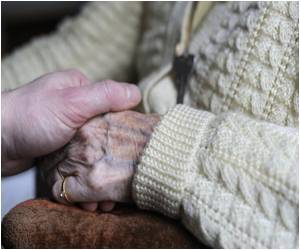What can elucidate the poles-apart differences in altruism between individuals, from Ebenezer Scrooge to Mother Teresa?

Individuals who excel at understanding others' intents and beliefs are more altruistic than those who struggle at this task. The ability to understand others' perspectives has previously been associated with activity in a brain region known as the temporoparietal junction (TPJ). Based on these past findings, Fehr and his team reasoned that the size and activation of the TPJ would relate to individual differences in altruism.
In the new study, subjects underwent a brain imaging scan and played a game in which they had to decide how to split money between themselves and anonymous partners. Subjects who made more generous decisions had a larger TPJ in the right hemisphere of the brain compared with subjects who made stingy decisions.
Moreover, activity in the TPJ reflected each subject's specific cutoff value for the maximal cost the subject was willing to endure to increase the partner's payoff. Activity in the TPJ was higher during hard decisions—when the personal cost of an altruistic act was just below the cutoff value—than during easy decisions associated with a very low or very high cost.
"The structure of the TPJ strongly predicts an individual's setpoint for altruistic behavior, while activity in this brain region predicts an individual's acceptable cost for altruistic actions," says study author Yosuke Morishima of the University of Zurich. "We have elucidated the relationship between the hardware and software of human altruistic behavior."
Source-Eurekalert













